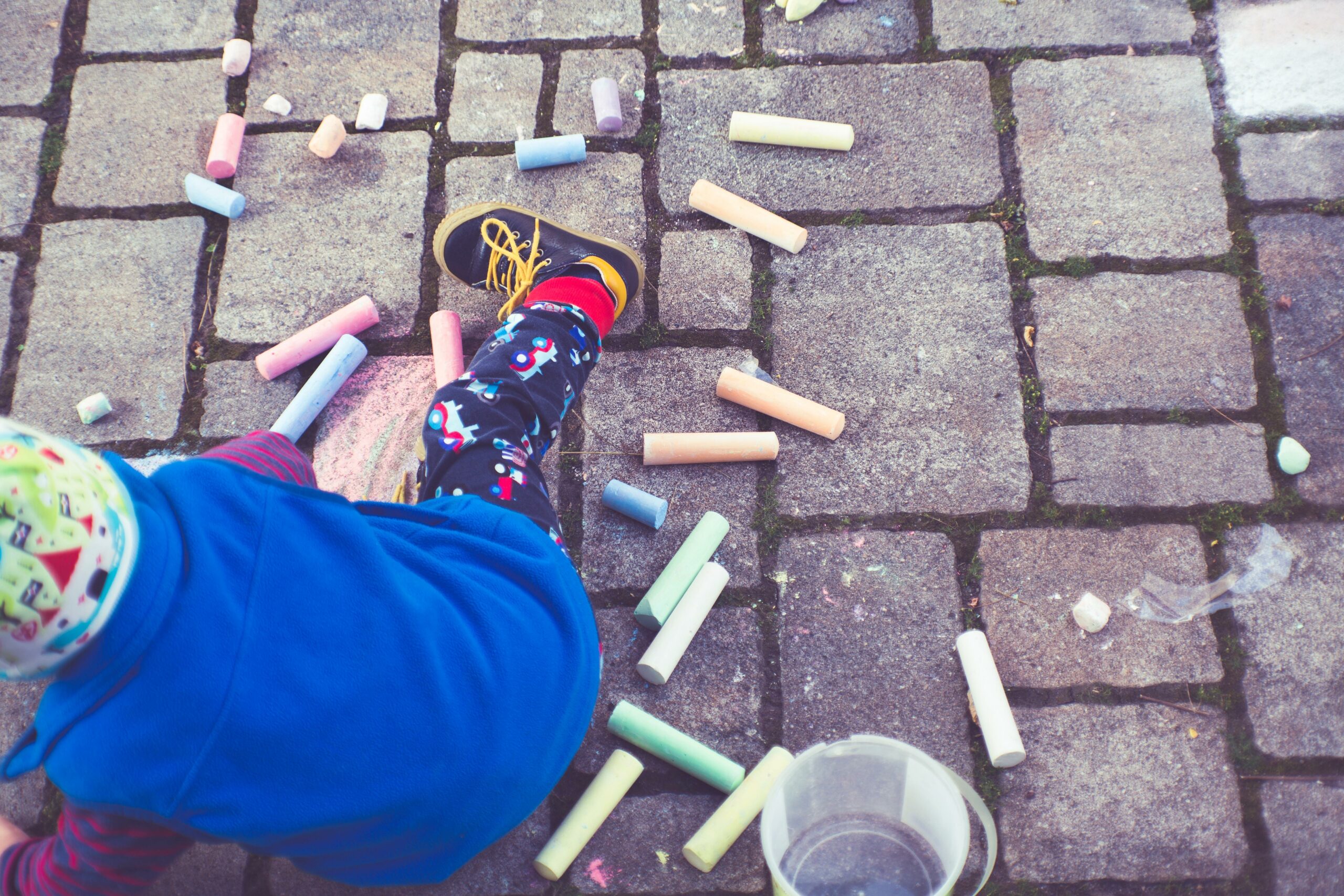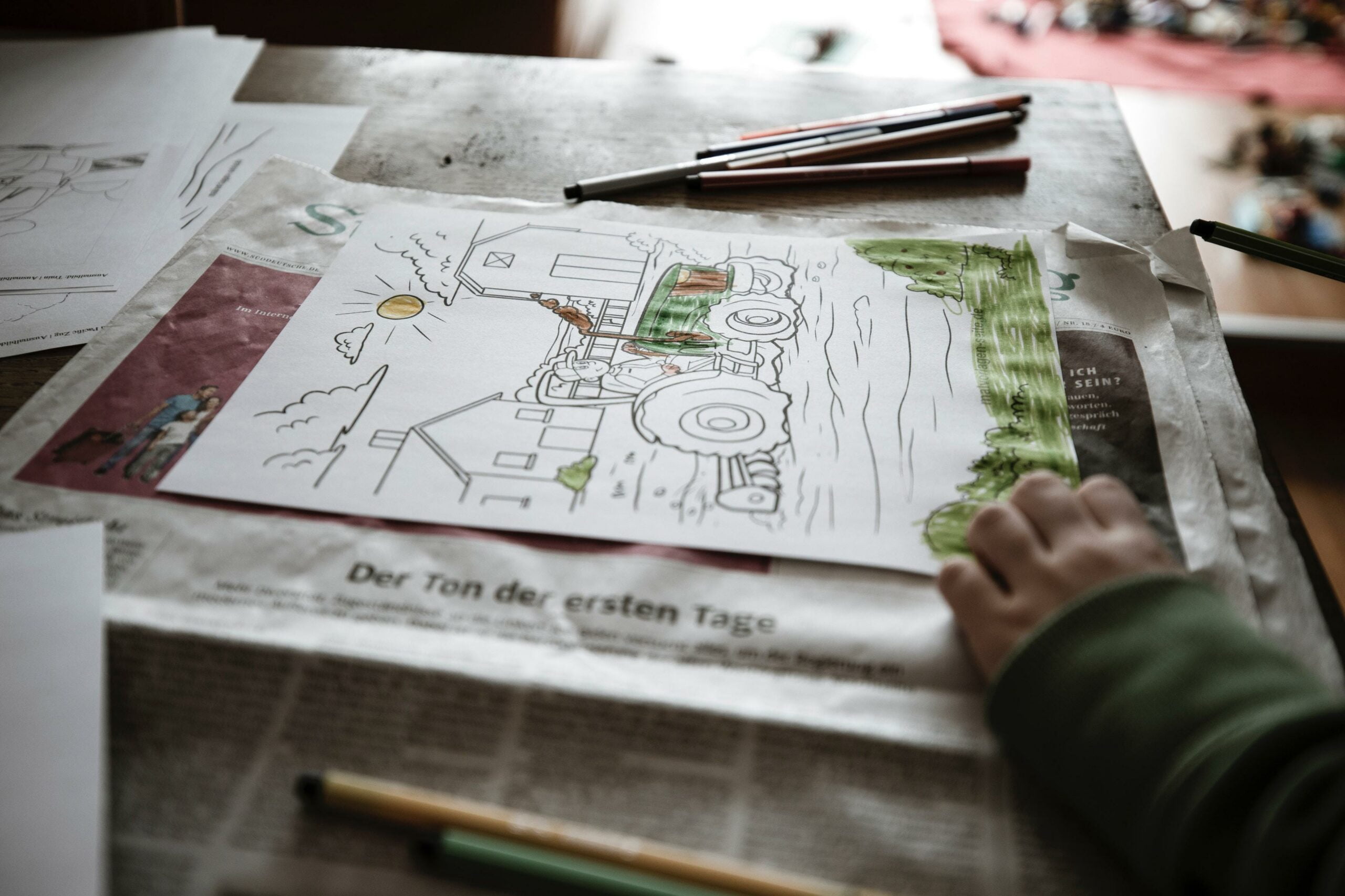Are you ready to embark on a captivating journey through time, exploring the enchanting evolution of playthings? From simple sticks and stones to virtual reality gadgets, the world of play has transformed dramatically over the centuries. In this article, we will delve into the enthralling history of playthings, unearthing the secrets behind their development and the profound impact they have had on child development. Get ready to unlock a treasure trove of knowledge as we navigate the winding paths of history, uncovering the magical transformation of playthings throughout the ages.

Evolution of Playthings
Toys have been a part of human culture for centuries, providing entertainment, education, and imagination for both children and adults. The evolution of playthings is a captivating journey that reflects the impact of technology, societal shifts, and the creativity of individuals. From ancient civilizations to modern times, toys have held a prominent place in society, shaping our understanding of child development and offering insights into cultural and societal values.
Dolls are among the oldest and most culturally universal toys, with miniature imitations of humans being employed since ancient times. These dolls have served various purposes, from artistic representations to objects of worship. In fact, archaeologists have discovered a doll made of stone in Egypt, dating back to 5000 BCE. This early example highlights the enduring popularity of dolls as playthings and their significance in human history.
As societies advanced, toys and games continued to evolve. The ball, kite, and yo-yo are believed to be some of the oldest objects specifically designed as toys. Over time, new and exciting playthings emerged, influenced by advancements in technology. For instance, the industrial revolution brought about a significant transformation in the toy industry. Natural materials gave way to plastic, and talking toys and video game consoles became prominent features of playtime.
Quote: “The industrial revolution marked a turning point in the development of toys, with plastic and technological advancements revolutionizing the industry.”
Artists and designers have also played a vital role in shaping the evolution of toys. Visionaries like Leonardo da Vinci and Pablo Picasso not only enriched the world of art but also made significant contributions to the toy industry. Their inventive spirit and imaginative designs continue to inspire toy manufacturers and consumers alike.
Quote: “The creativity of individuals like Leonardo da Vinci and Pablo Picasso has left an indelible mark on the toy industry, pushing the boundaries of innovation and design.”
In recent years, technology has further accelerated the evolution of playthings. As digital advancements continue to revolutionize our daily lives, they also find their way into the toy industry. The integration of advanced, visual, and augmented technologies has paved the way for new and exciting toys and games. In the future, we can expect to see an increase in screenless playthings with hidden technologies, offering unique and immersive play experiences.
Quote: “The future of toy play holds exciting possibilities, with advanced technologies enhancing the interaction and engagement of children with their toys.”
The journey of playthings is a testament to the importance of play in human development. Throughout history, toys have provided not only entertainment and relaxation but also valuable educational experiences. They stimulate cognitive, emotional, and physical development in children, fostering creativity and imagination. Meanwhile, adults continue to appreciate toys as a means of escape and leisure.
In conclusion, the evolution of playthings is a fascinating exploration of human culture and the enduring power of play. From ancient civilizations to modern times, toys have captured our hearts and minds, serving as a mirror of societal values and reflecting the endless possibilities that play offers. So, let us continue to embrace the joy and wonder that playthings bring, for they hold the key to unlocking our imagination and understanding of the world.
Quote: “Through the centuries, playthings have remained an integral part of human culture, enriching our lives and shaping our understanding of child development and cultural values.”
Throughout history, toys have played a significant role in shaping our culture and society. From simple dolls and wooden blocks to cutting-edge technology, the evolution of toys is a fascinating journey. If you want to delve deeper into the fascinating world of toys, explore the mesmerizing History Of Toys. This comprehensive guide takes you on a captivating adventure through time, tracing the origins and transformations of beloved playthings. Discover how toys have not only entertained generations but also reflected the values and aspirations of societies. Embark on this enchanting voyage by clicking here: History Of Toys.
FAQ
Question 1
What are the oldest known toys in history?
Answer 1
The ball, kite, and yo-yo are believed to be the oldest known toys specifically designed as playthings. Additionally, archaeologists have discovered a stone doll dating back to 5000 BCE in Egypt, making it one of the oldest known toys.
Question 2
How have toys evolved with the advancement of technology?
Answer 2
Technology has greatly influenced the evolution of toys. With each passing year, new and exciting toys and games are created. The integration of advanced, visual, and augmented technologies is expected to shape the future of toy play. We can anticipate the emergence of physical playthings with “hidden technologies” that add new dimensions to human play experiences.
Question 3
How have societal shifts impacted the development of toys?
Answer 3
Toys reflect cultural and societal values, and the industrial revolution had a significant impact on the development of modern toys. Natural materials were gradually replaced by plastic, and inventions such as talking toys and video game consoles shaped the toy industry. The creativity of artists and designers, such as Leonardo da Vinci and Pablo Picasso, also played a role in inventing and designing toys.
Question 4
What role do playthings play in human development?
Answer 4
Playthings have played a critical role in human development throughout history. They provide entertainment, education, and stimulate imagination for both children and adults. The impact of play on cognitive, emotional, and physical development is a subject of great interest and study. Understanding the influence of playthings on human development is essential for parents, educators, and researchers.
Question 5
How do toys reflect the creativity of individuals?
Answer 5
Toys have long been a canvas for creativity. Artists and designers have left their mark on the evolution of toys. Figures like Leonardo da Vinci and Pablo Picasso have not only invented and designed toys but have also inspired countless others to explore the boundaries of play. Their creative contributions have enriched the toy industry and influenced the way we perceive and interact with playthings.
- Mastering Leader in Spanish: The Complete Guide - April 19, 2025
- Uncovering Surprising Parallels: England Size Compared to US States - April 19, 2025
- Old Mexico Map: Border Shifts 1821-1857 - April 19, 2025
















